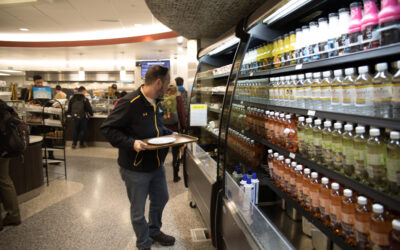The primary goal of this project is to evaluate the effectiveness of windbreaks in reducing wind-related crop loss at a regional level. Using data from remote sensing, crop insurance, and weather, the project aims to develop county-level model to assess windbreak effectiveness in reducing crop loss using econometric and machine learning techniques. Nebraska, Kansas, South Dakota, and North Dakota as our study area as they have the highest concentration of windbreaks in the country. We selected corn, wheat, soybean, and sunflower as they reported major wind-related loss.
Agroforestry For Climate Risk Management: Effectiveness of Windbreaks In Reducing Crop Loss In Midwest, USA
Multi-institutional
January 15, 2022
– January 14, 2025
Project Details
Funded by USDA National Institute of Food and Agriculture (NIFA) via University of Missouri at Columbia
(External Funding)
Administrative Unit
Research Institute for Environment, Energy, and Economics (RIEEE)
Research Theme
More Projects and Programs
NOAA National Centers for Environmental Information (NCEI) via NCSU North Carolina Institute for Climate Studies (NCICS)
CERPA will work with the CISESS project team to develop approaches for an economic analysis in the select value chain sectors and decision contexts. CERPA will collaborate to determine benefit…
National Science Foundation (NSF)
Millions of adults worldwide face the challenges of not getting enough sleep and making unhealthy food choices. In the U.S., over one-third of adults experience both insufficient sleep and obesity.…
HHS NIH National Institute of Environmental Health Sciences (NIEHS)
New research recognizes the role that environmental factors sensitive to climate change and variability (e.g., increasing temperatures, heat waves) may play in the complex pathway linking environmental exposures and negative…



